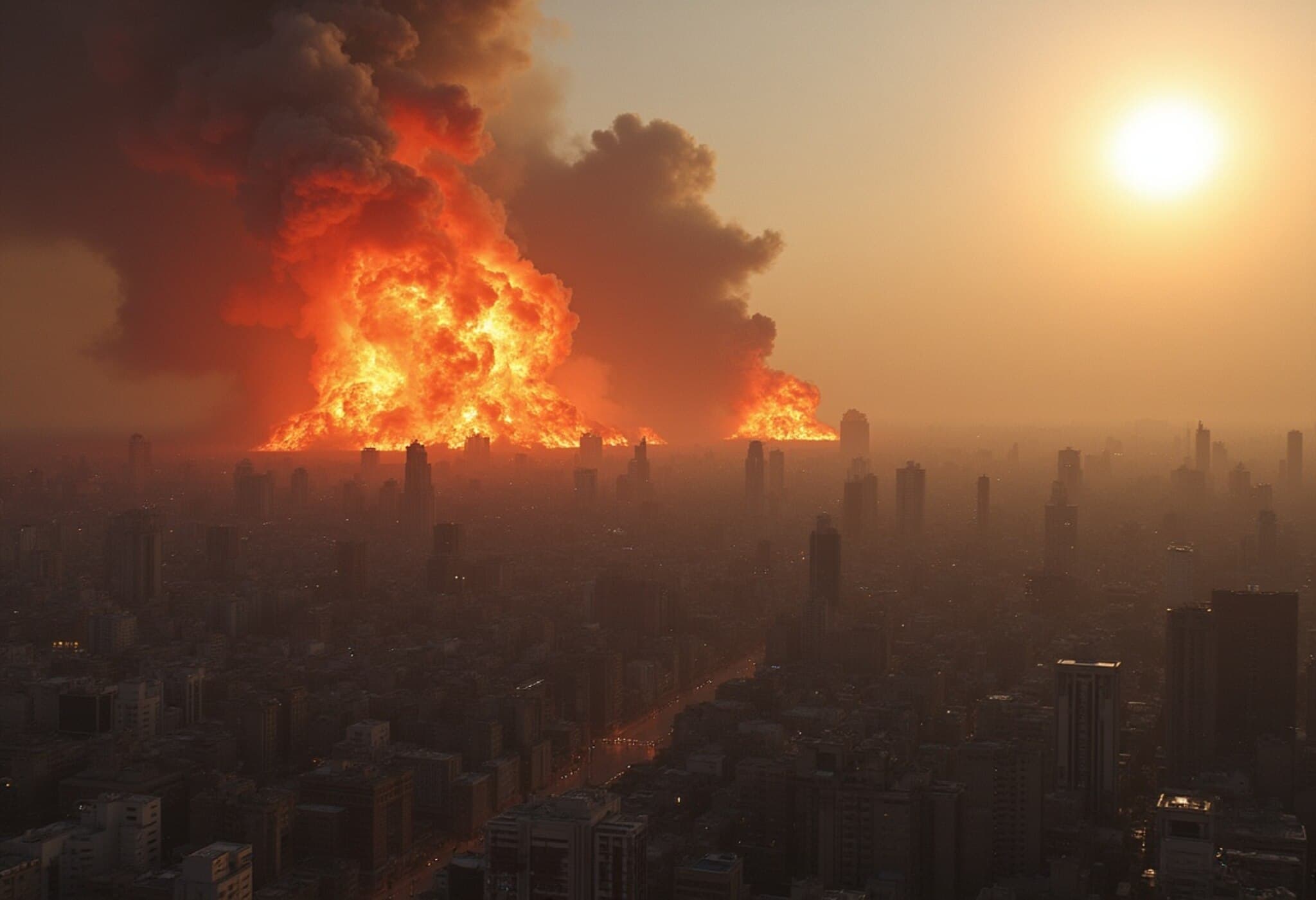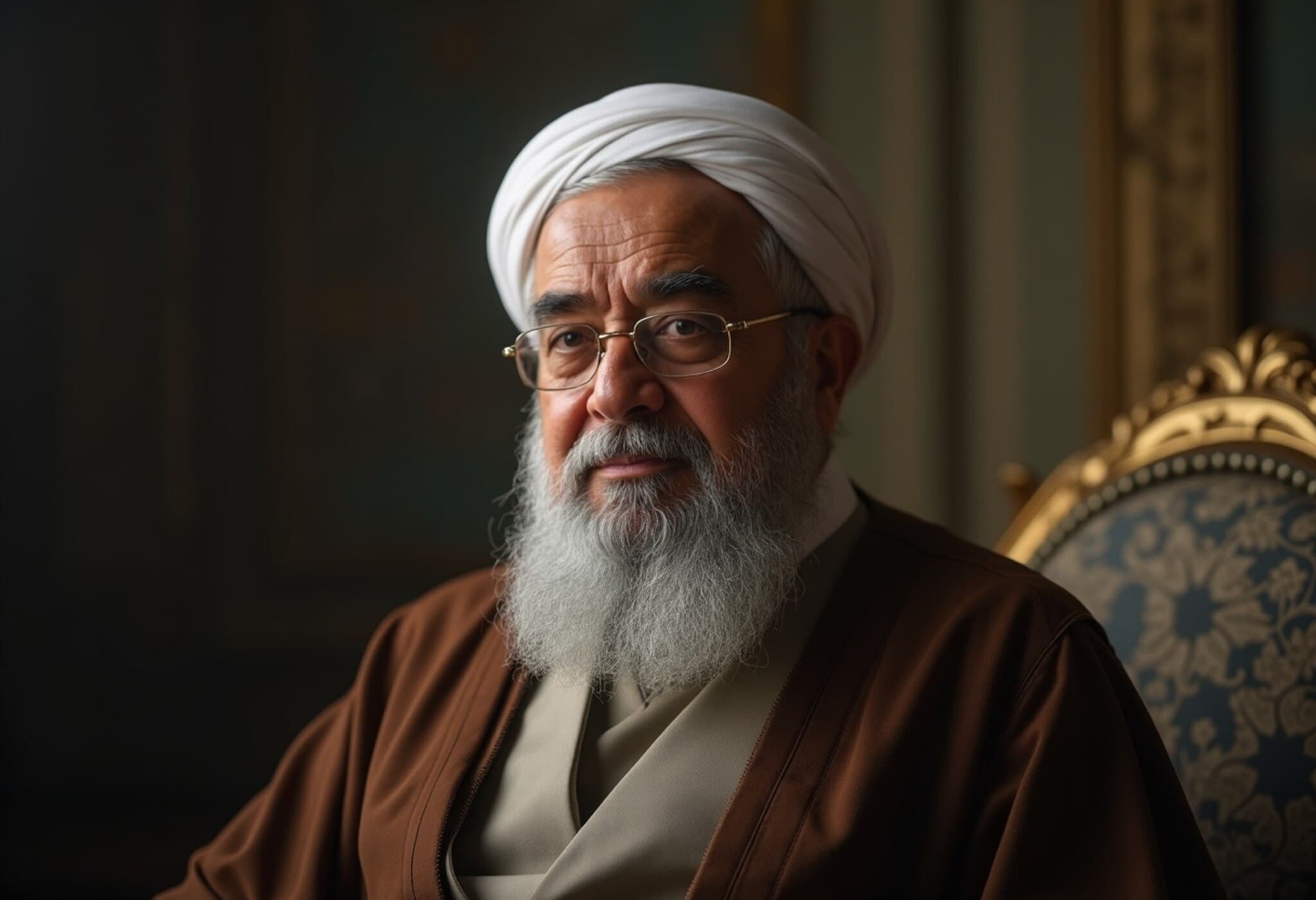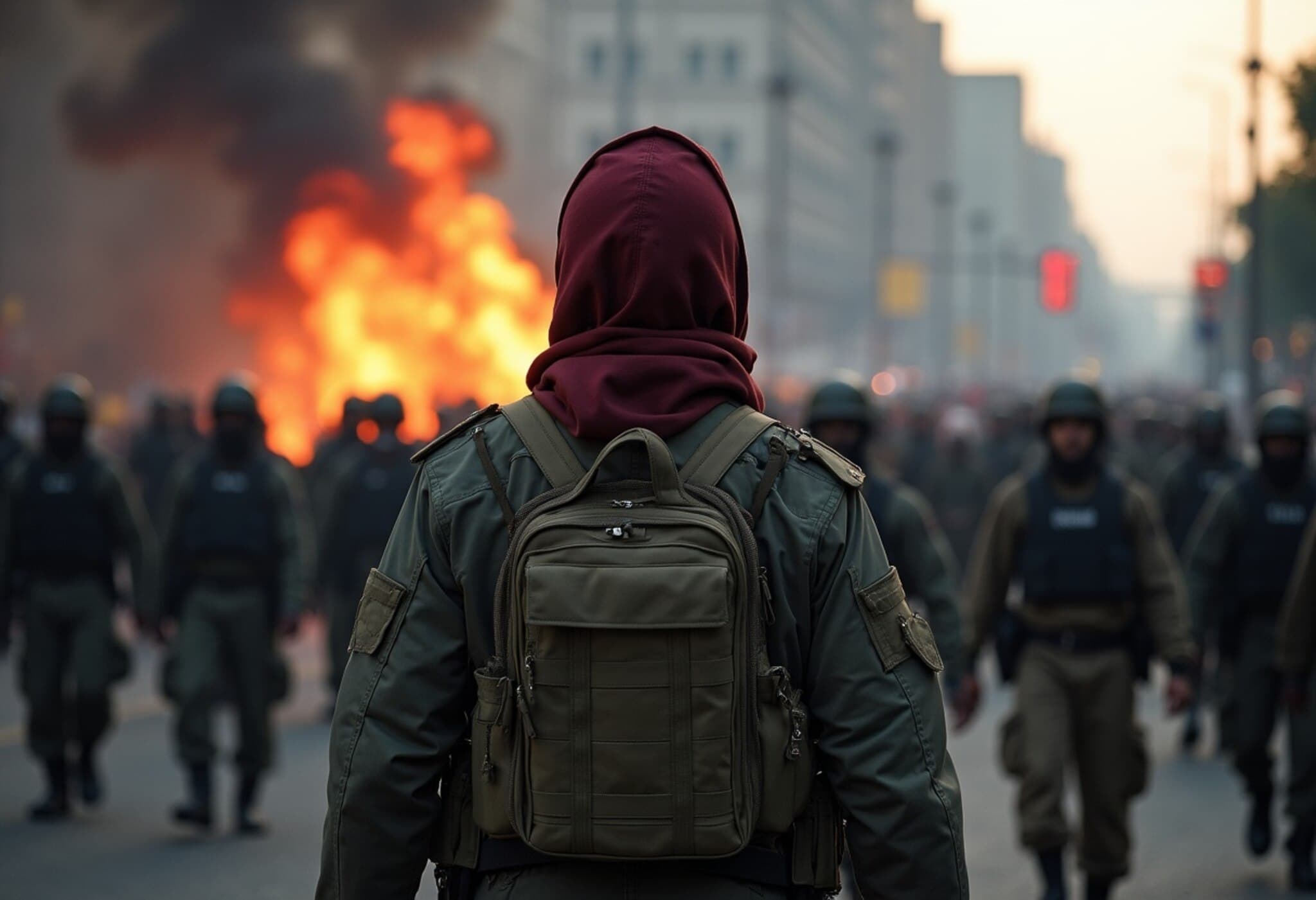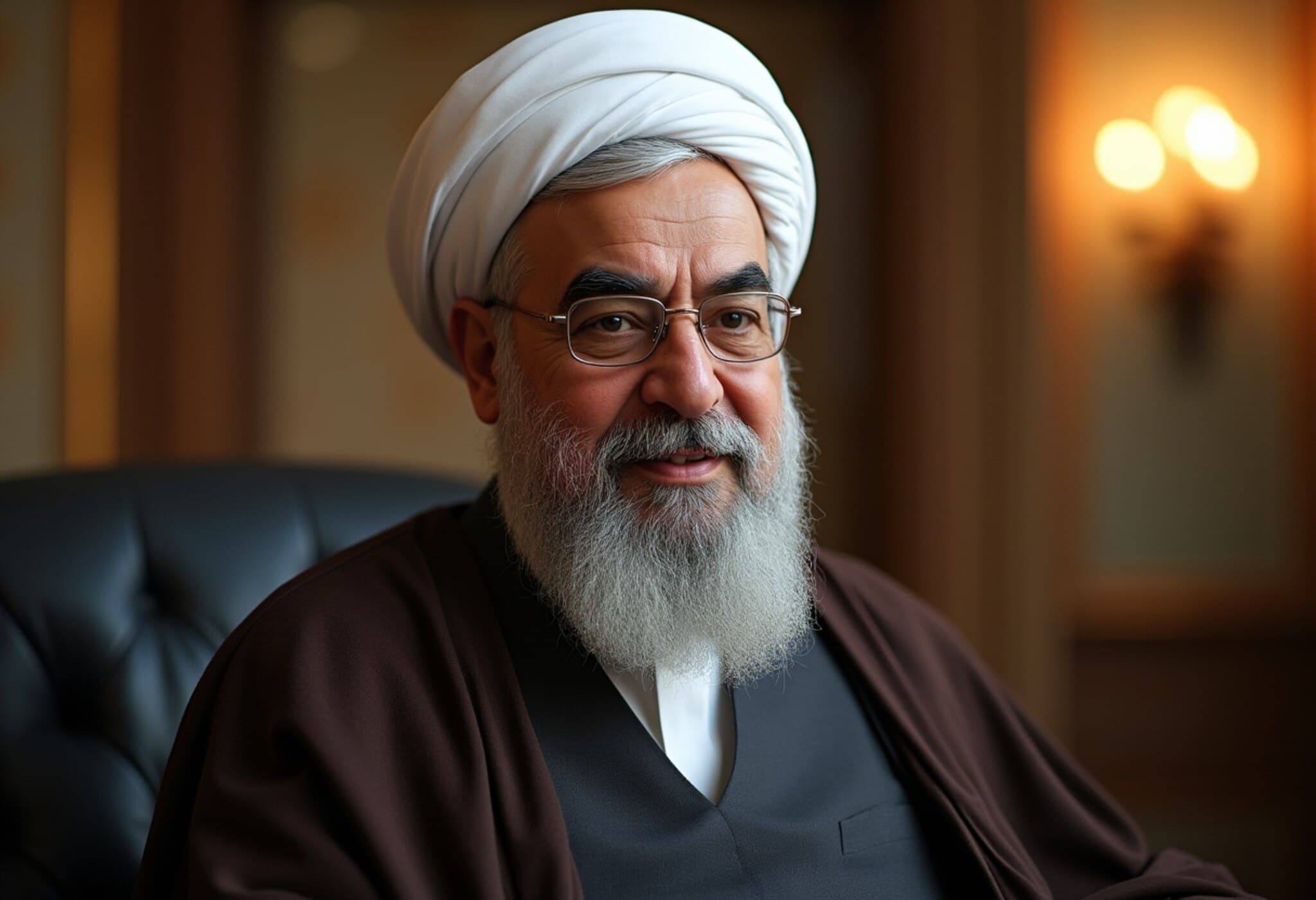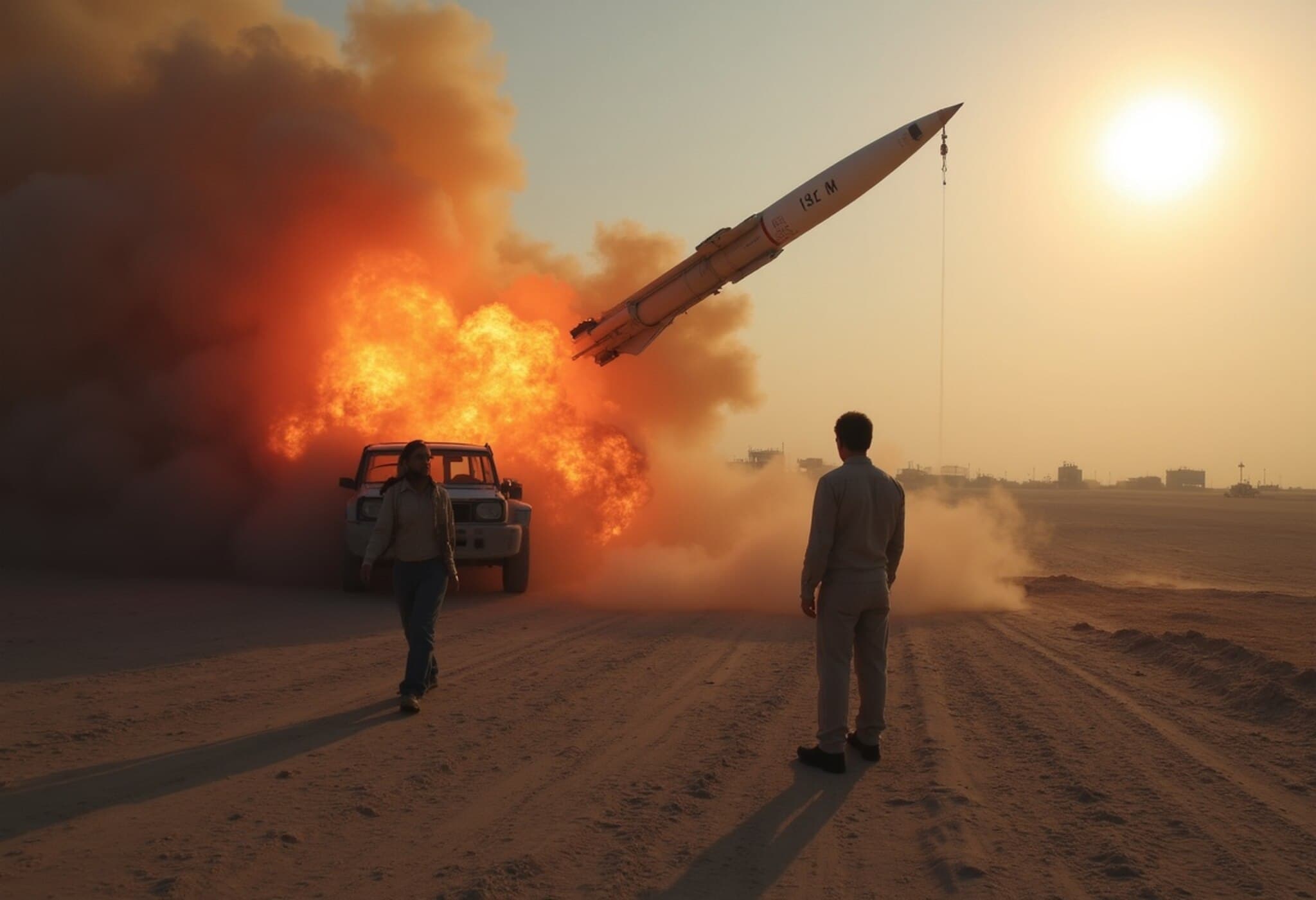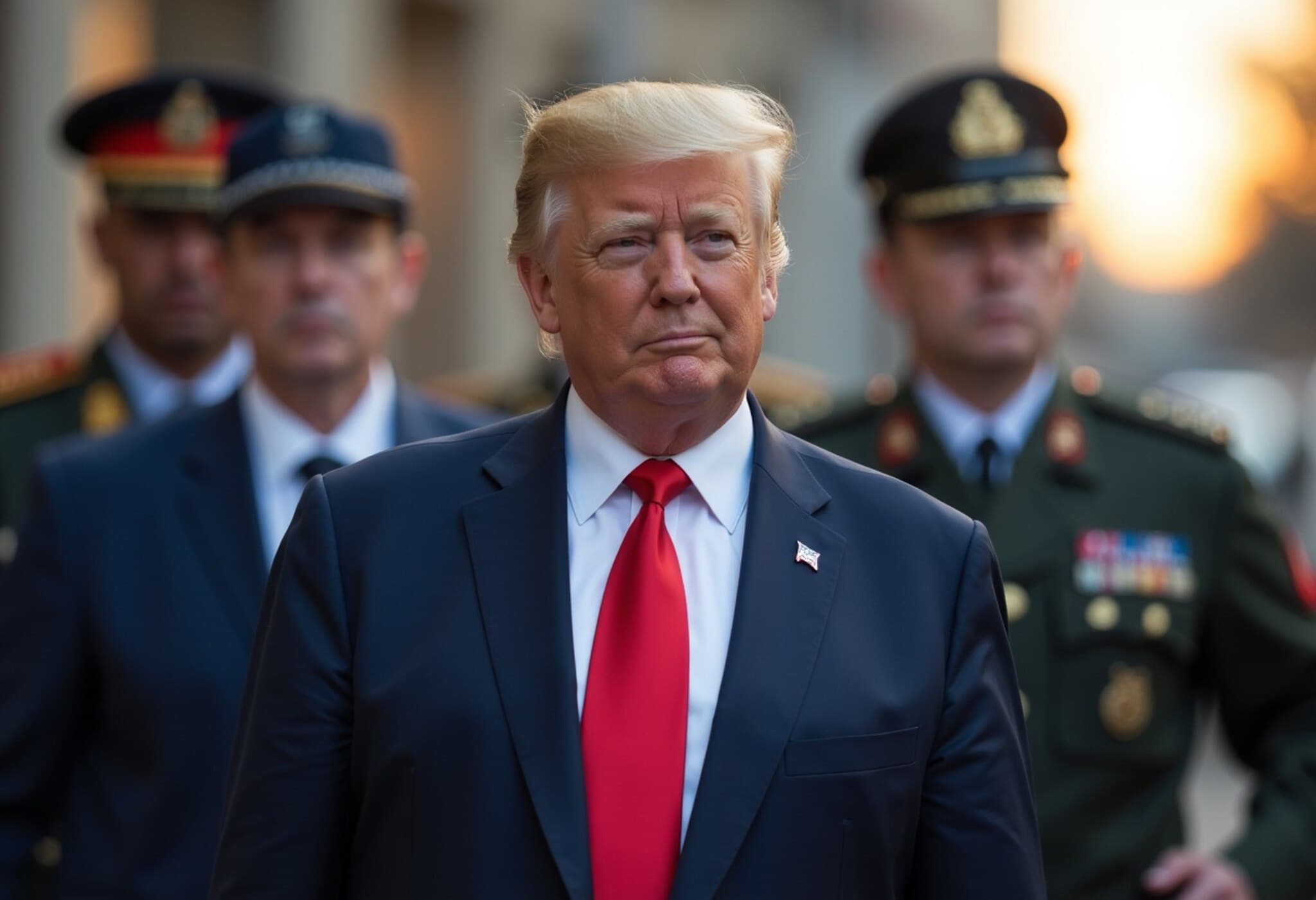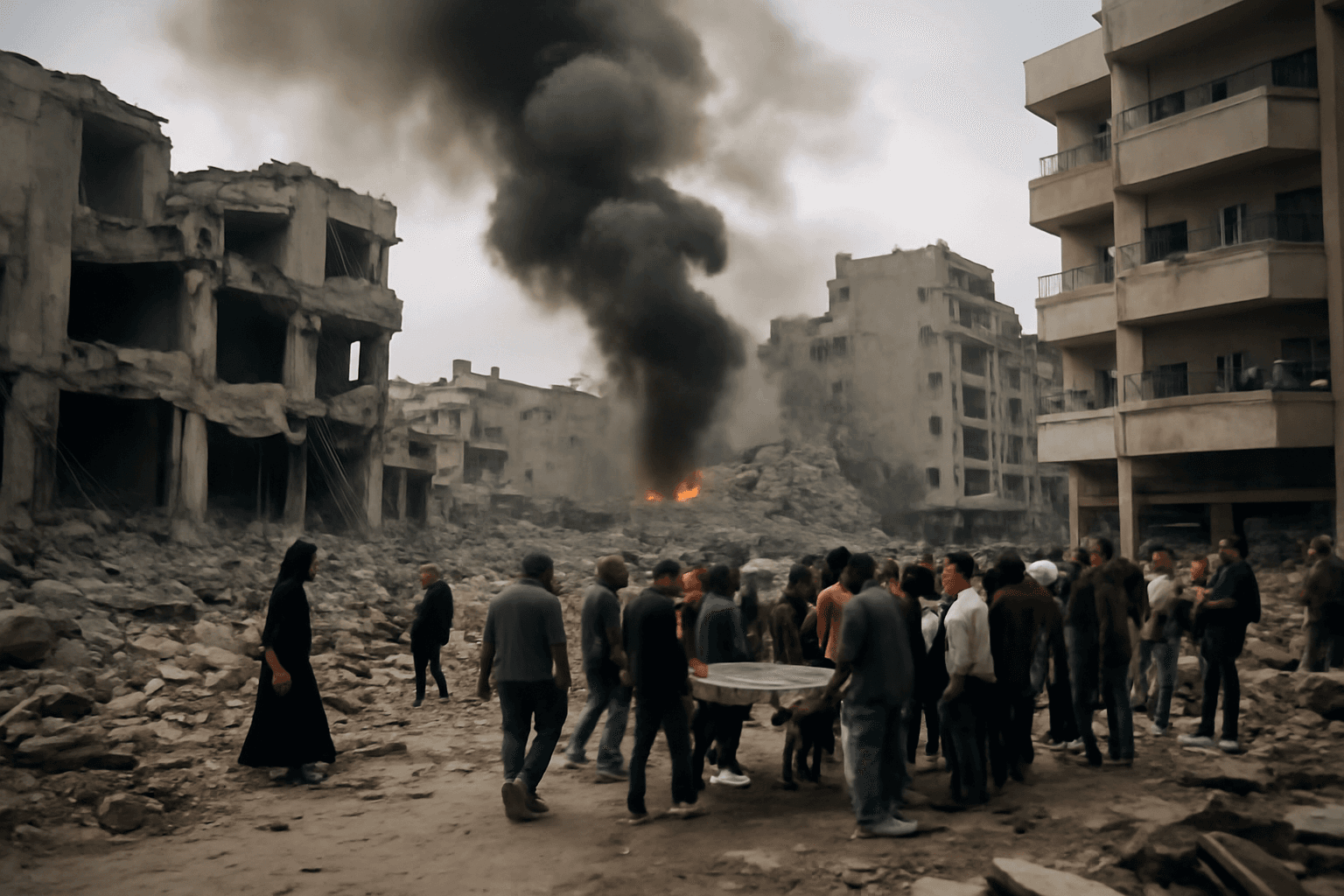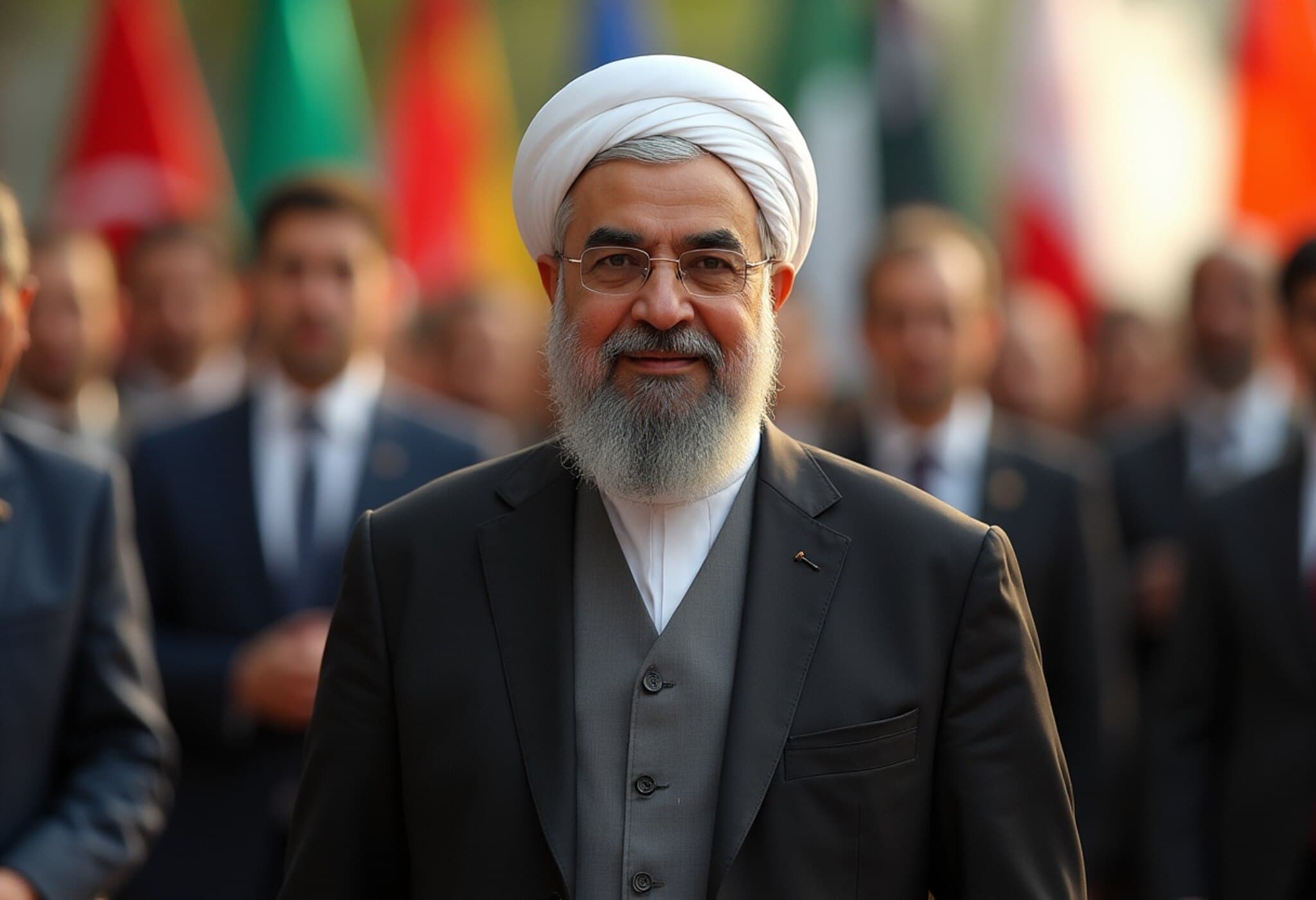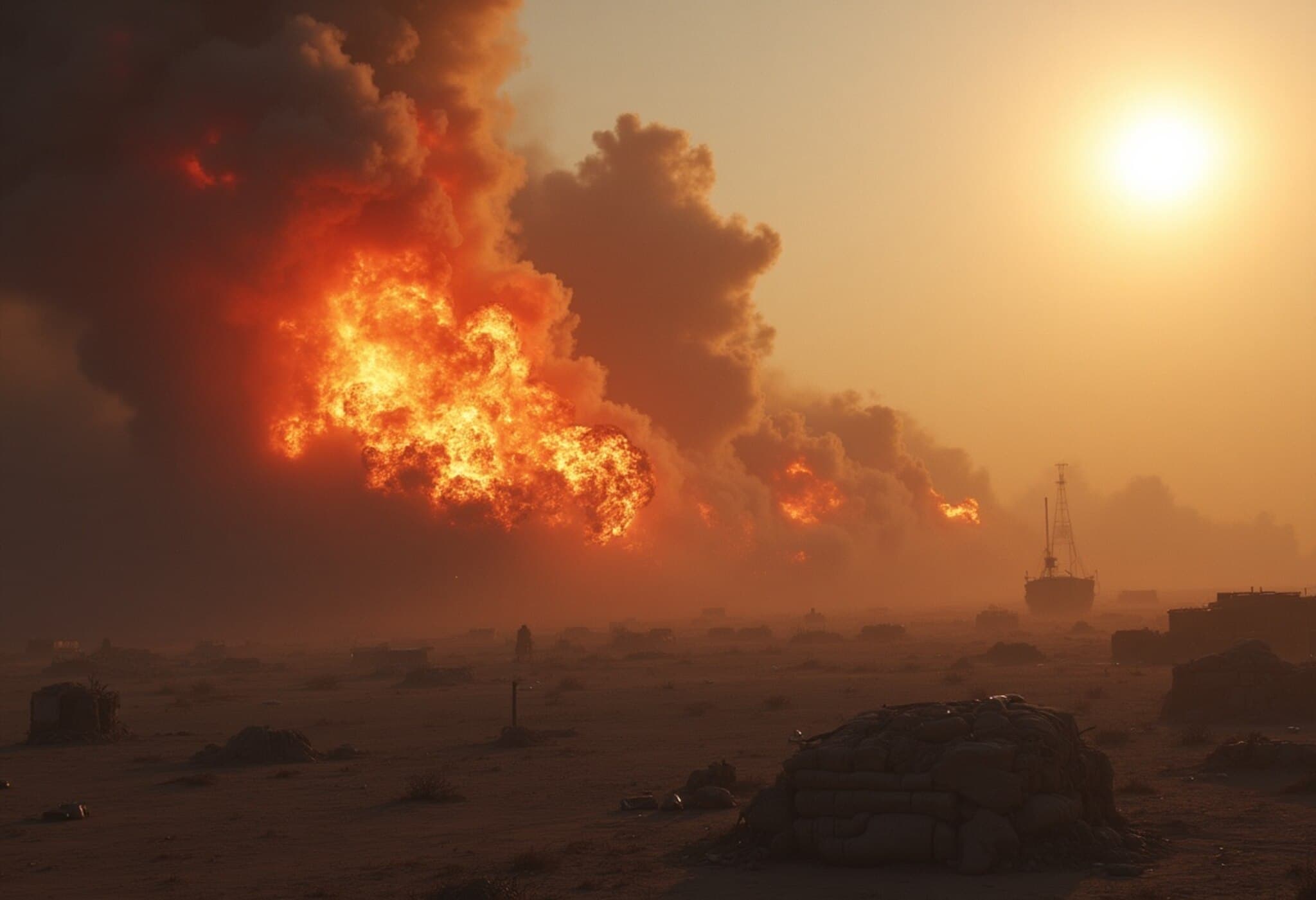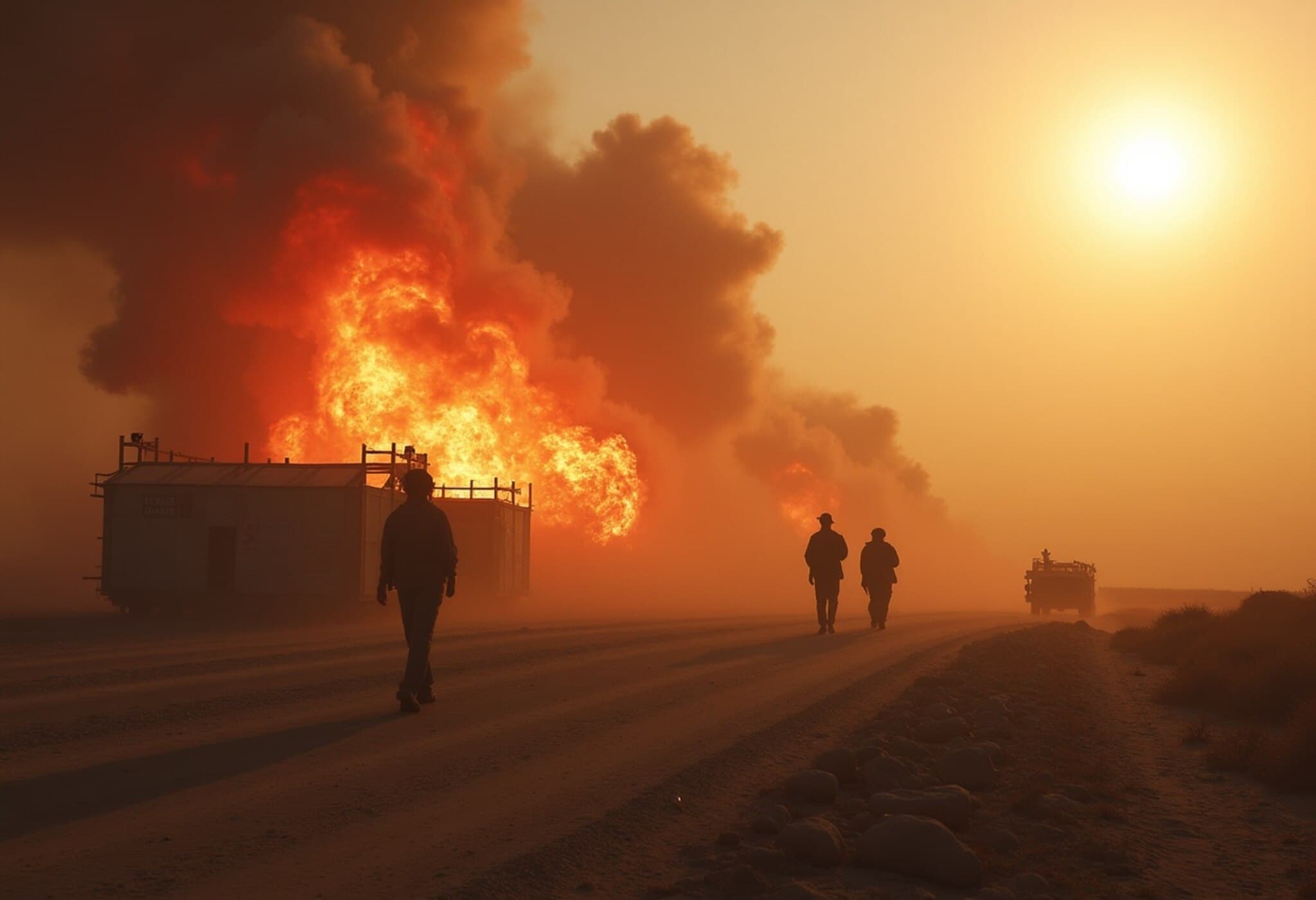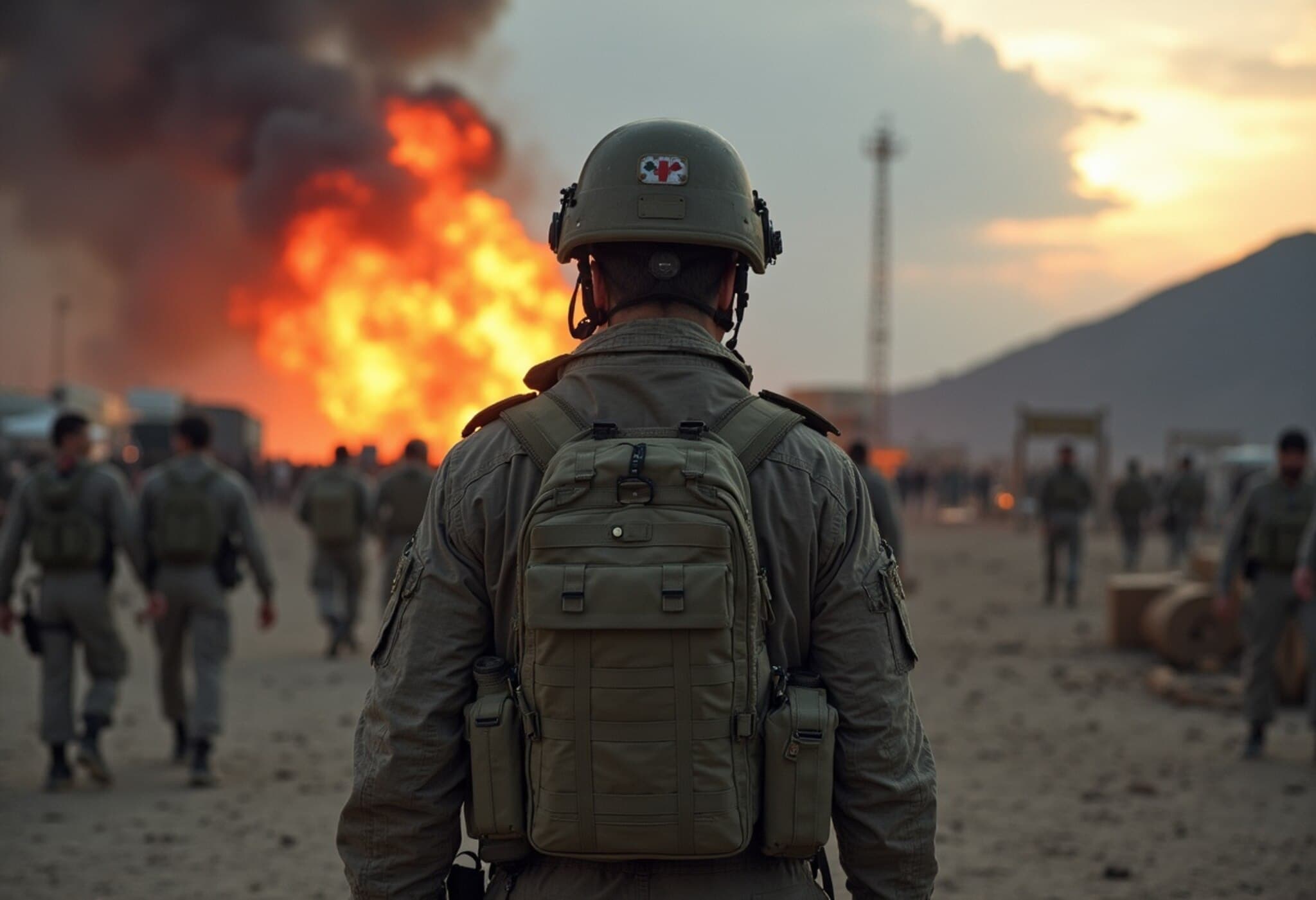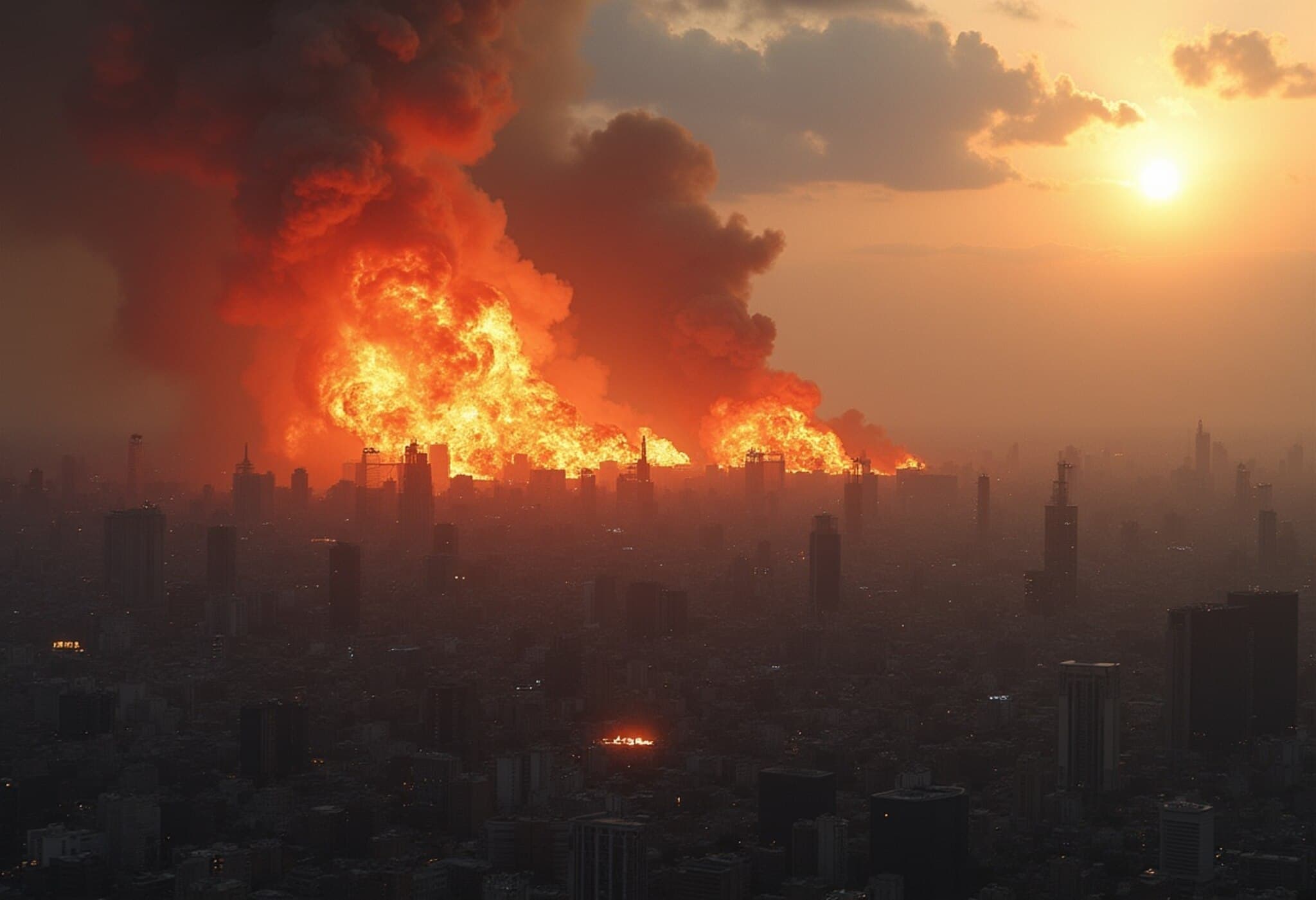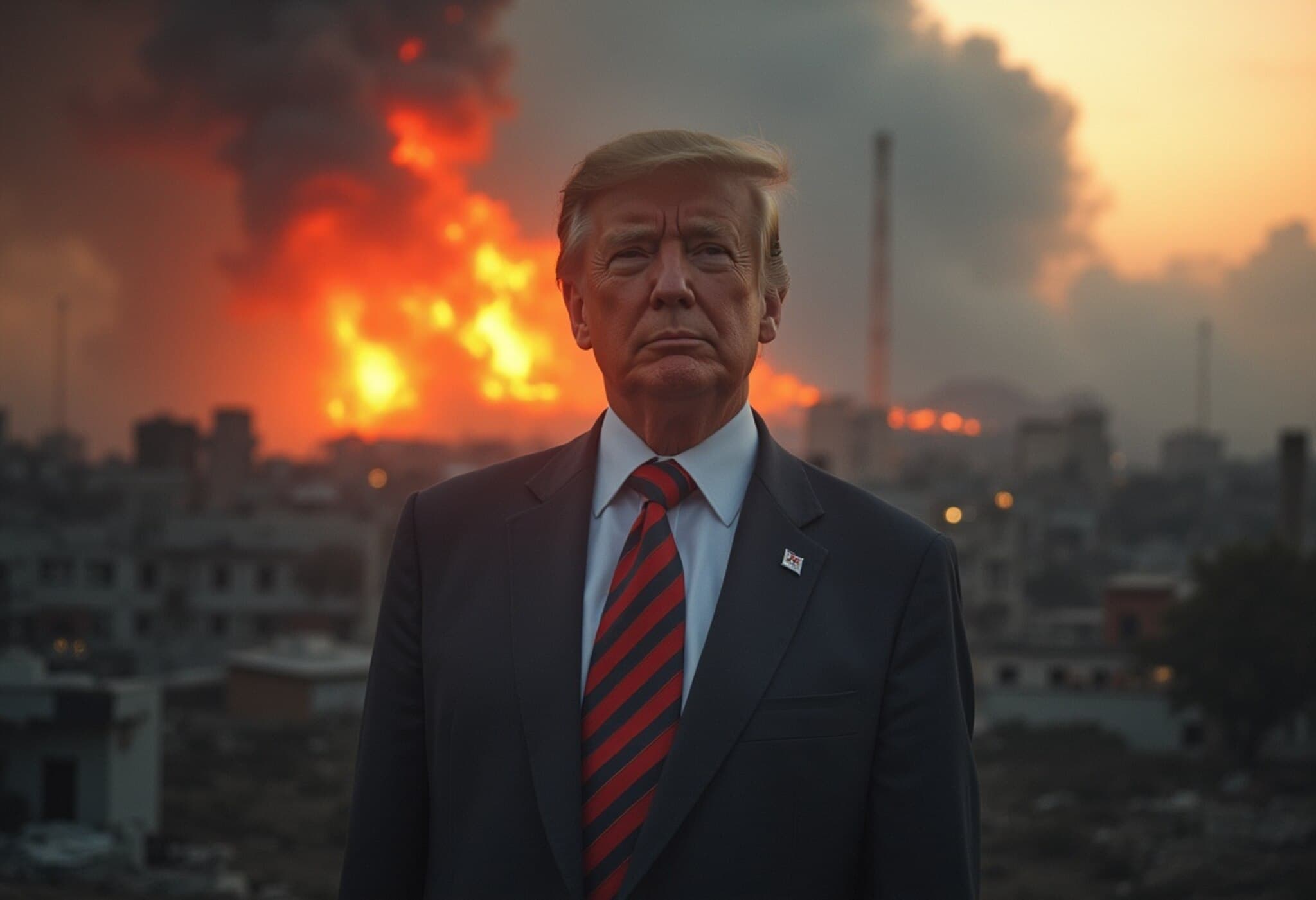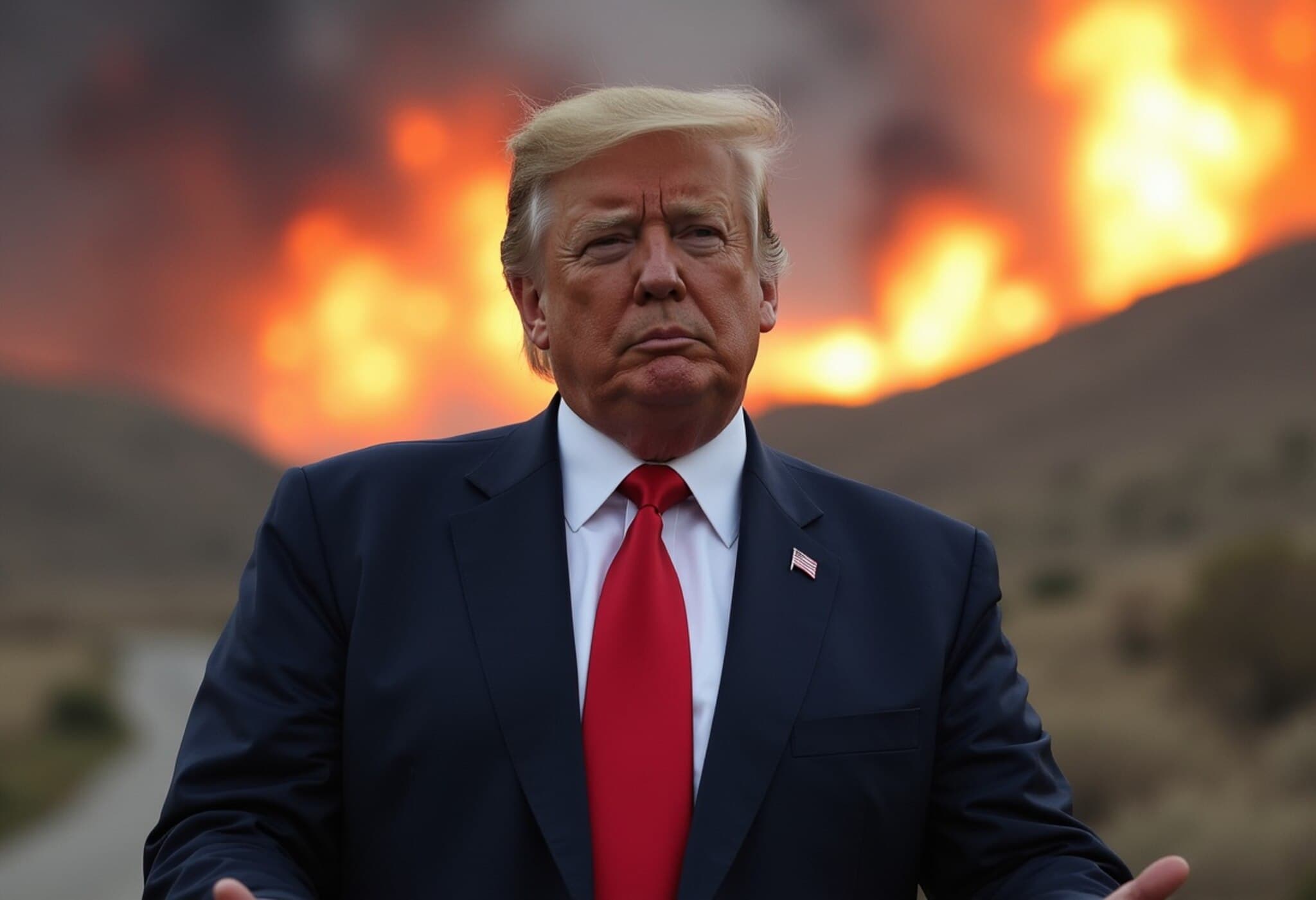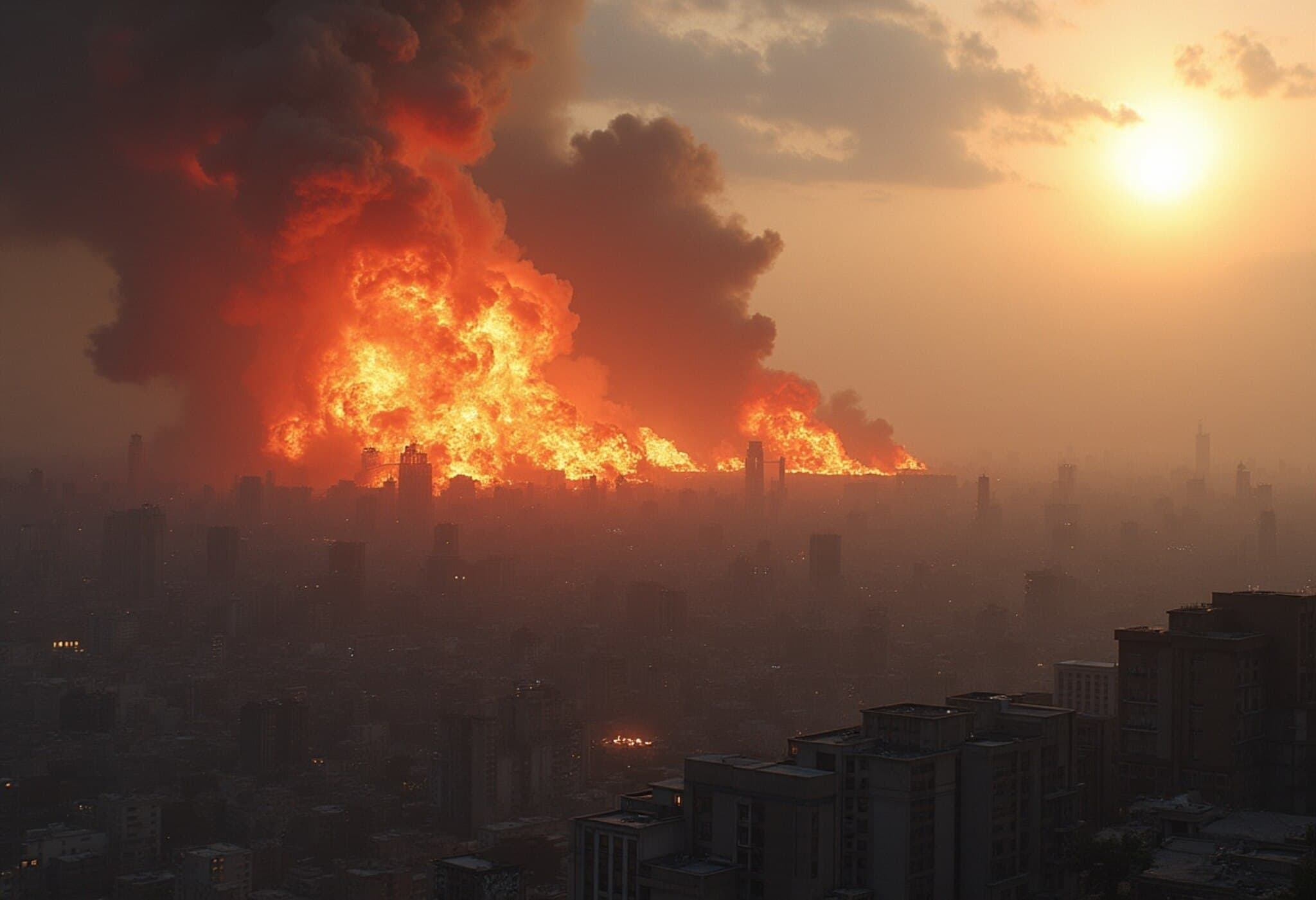US Joins Forces with Israel in Targeted Attacks on Iran's Nuclear Facilities
On Saturday, President Donald Trump announced that the United States had carried out strikes on three key Iranian nuclear sites, marking a significant escalation in the ongoing regional tensions. This move represents direct US involvement alongside Israel’s recent offensive aimed at crippling Iran's nuclear capabilities.
Details of the Strikes and Locations Targeted
The US military targeted three vital nuclear facilities: Fordow, Isfahan, and Natanz. These sites are central to Iran’s nuclear development and have been subjects of international scrutiny. Reports indicate that a full payload of bombs was dropped, particularly focusing on the Fordow facility, which is notably fortified underground.
President Trump emphasized, "We have completed our very successful attack on the three Nuclear sites in Iran, including Fordow, Natanz, and Esfahan… Iran must agree to end this war." He added that all involved aircraft safely returned after completing their missions.
Understanding the Strategic Importance of the Targeted Sites
Fordow Nuclear Facility
Located near the city of Qom and shielded by mountainous terrain, the Fordow site is heavily fortified approximately 80 to 90 meters underground. It holds around 2,700 centrifuges and has recently seen uranium enrichment levels rise to nearly 60%, a concentration dangerously close to weapons-grade material. The International Atomic Energy Agency (IAEA) has repeatedly expressed concern over activities here.
Isfahan Nuclear Complex
Isfahan, Iran’s largest nuclear research center located centrally within the country, was established in 1984 with foreign assistance. Hosting around 3,000 scientists, it remains suspected of being a core hub for nuclear program advancements, encompassing enrichment and research efforts.
Natanz Nuclear Facility
Previously targeted by Israeli strikes with limited local contamination, Natanz remains a pivotal centrifuge production and uranium enrichment site integral to Iran’s nuclear ambitions.
Background and Implications of the Military Action
This aggressive US military move follows months of failed diplomatic attempts to constrain Iran’s nuclear program. High-level talks led by the Trump administration did not yield an agreement, prompting Israel’s initial strikes last week. The US action now escalates the situation, raising concerns of a broader regional conflict.
President Trump issued a pointed warning to Iran’s Supreme Leader Ayatollah Ali Khamenei, acknowledging knowledge of his whereabouts but affirming no immediate intent to target him directly. This threat underscored the tense standoff following the US withdrawal from a previous nuclear deal seven years ago, which was heavily criticized by Trump as the “worst deal ever.”
Potential Fallout and Regional Stability
Iran has vowed to retaliate against any foreign aggression. With the US explicitly joining the Israeli campaign, the possibility of an intensified conflict in the Middle East is growing. The strikes challenge long-standing electoral promises aimed at avoiding costly foreign wars but reflect a decisive shift in confronting Iran’s nuclear threat.
The developments signal a new, precarious chapter in US-Iran relations, with global implications hinging on Tehran’s response and regional diplomatic maneuvers in the coming days.

